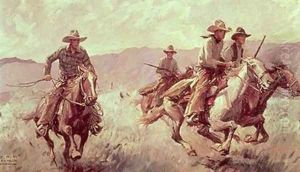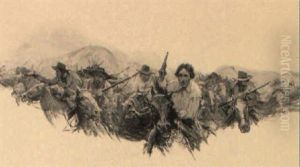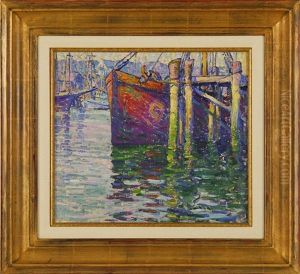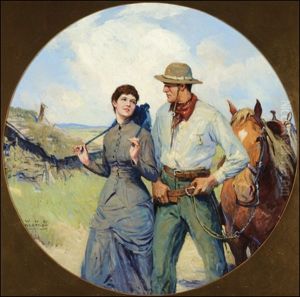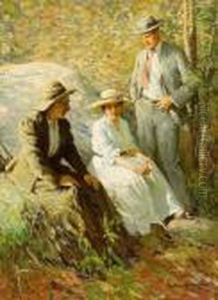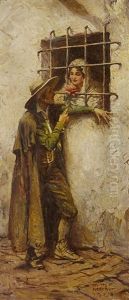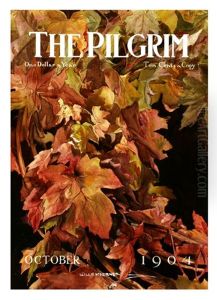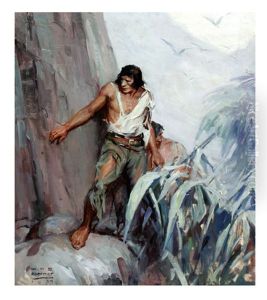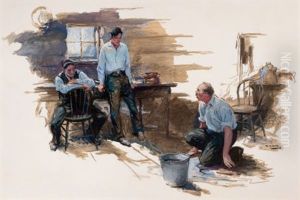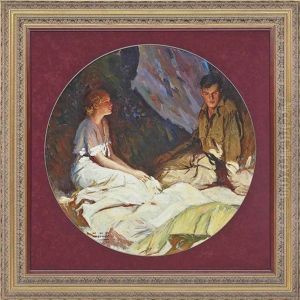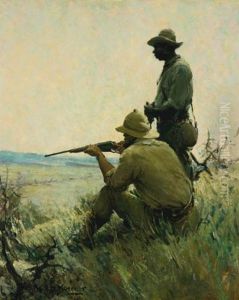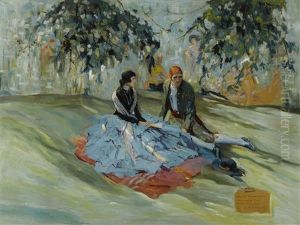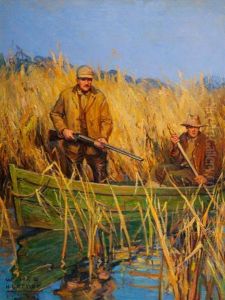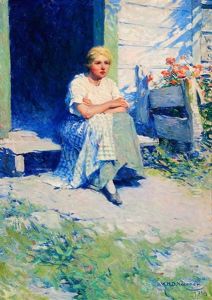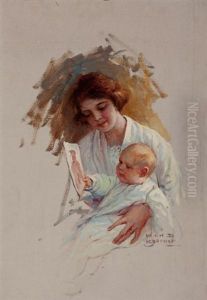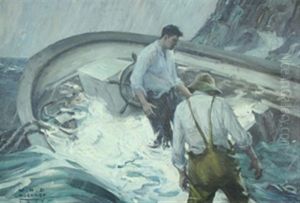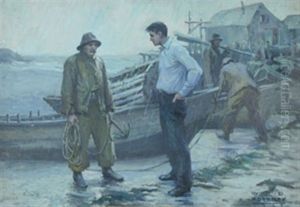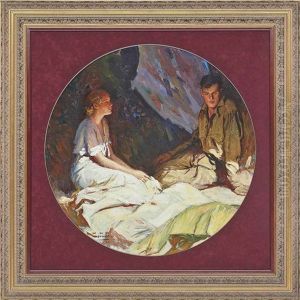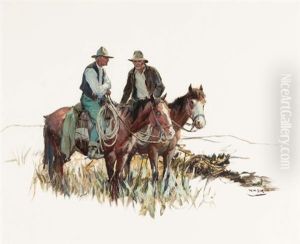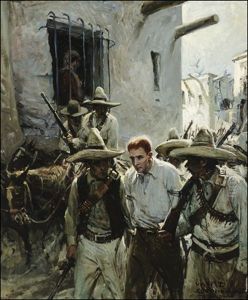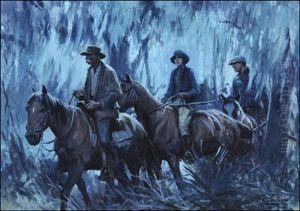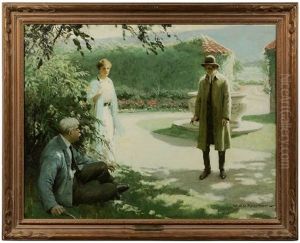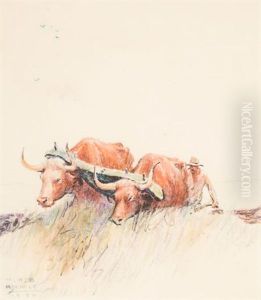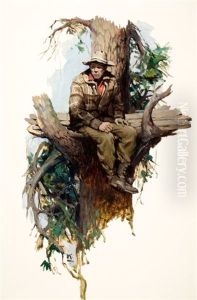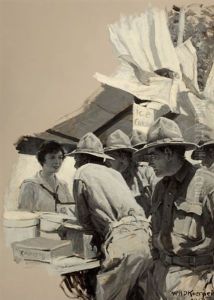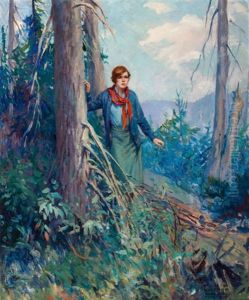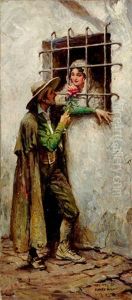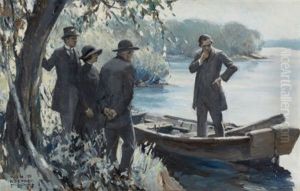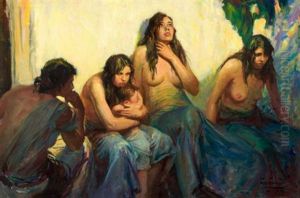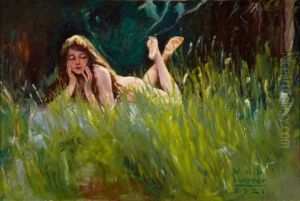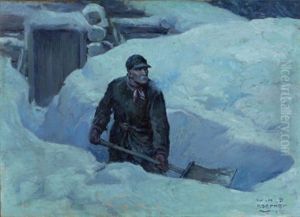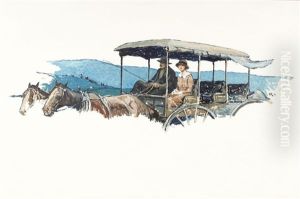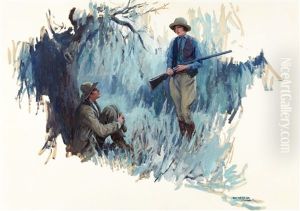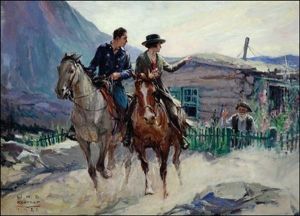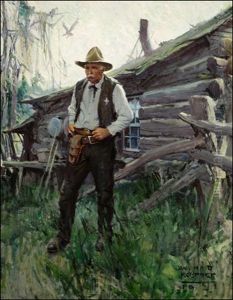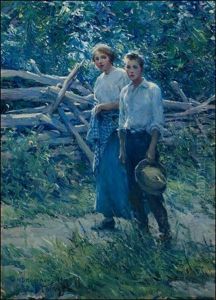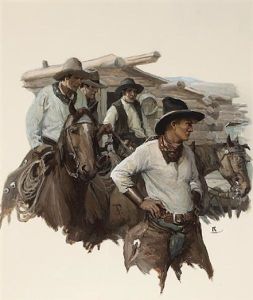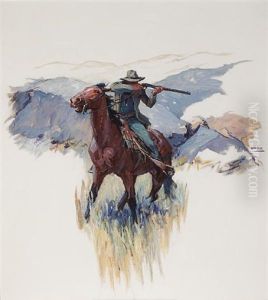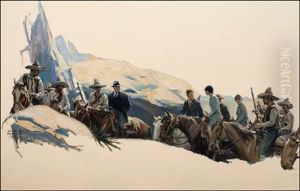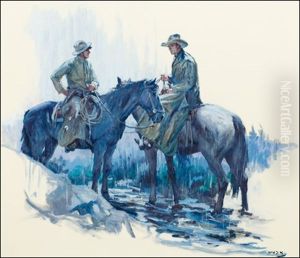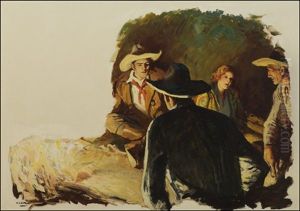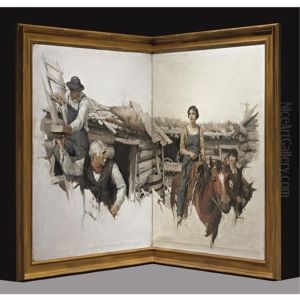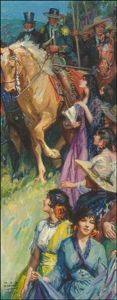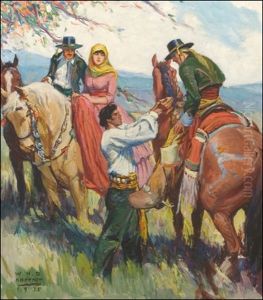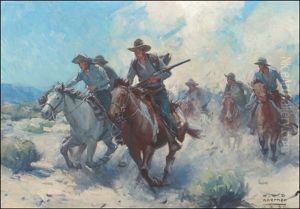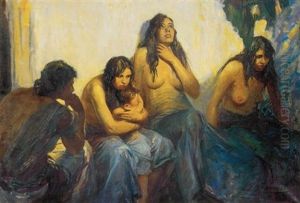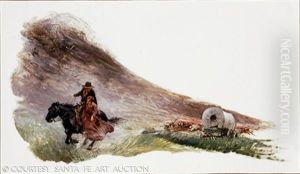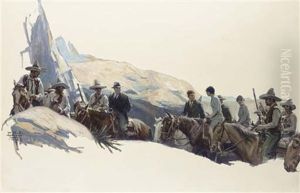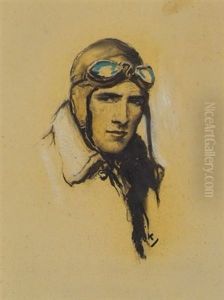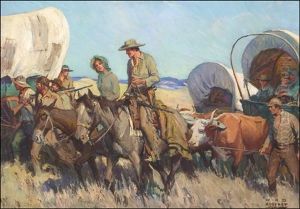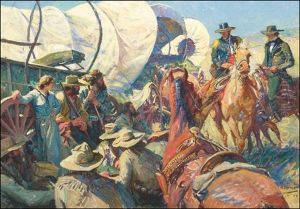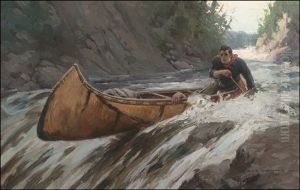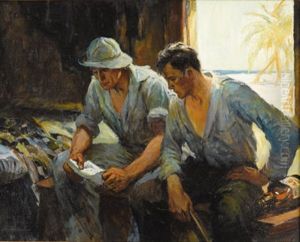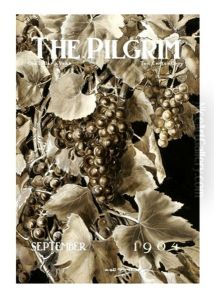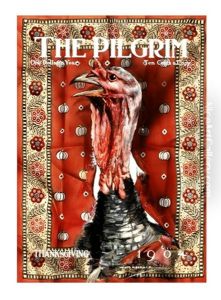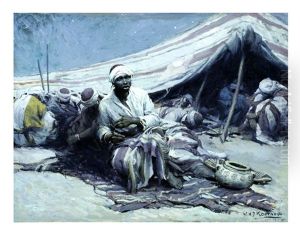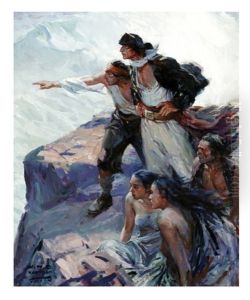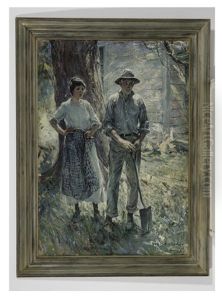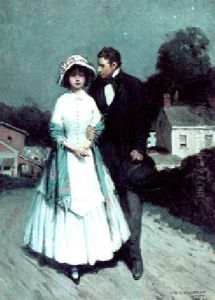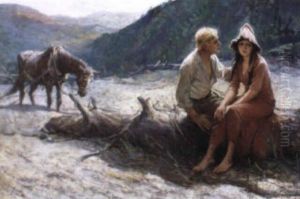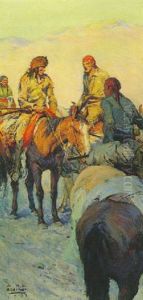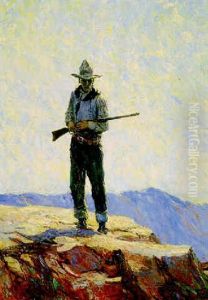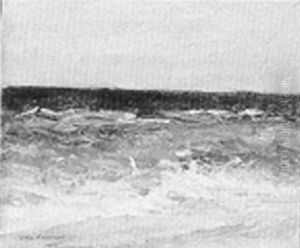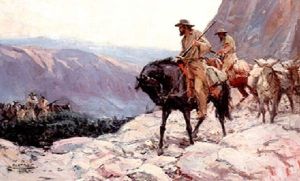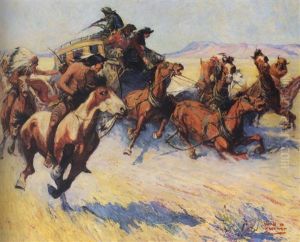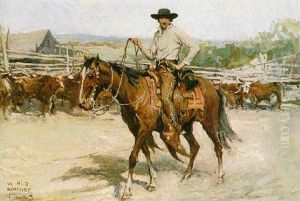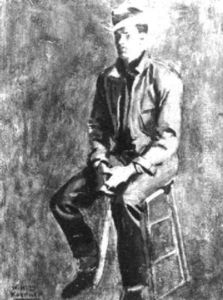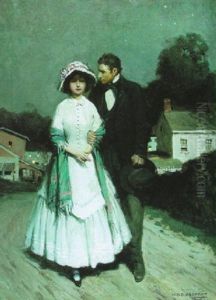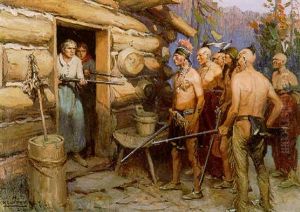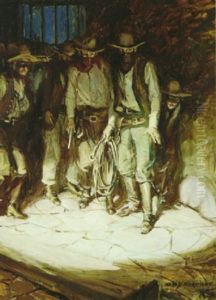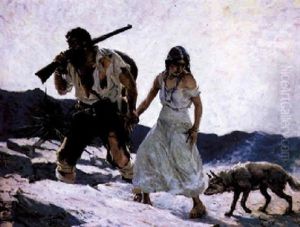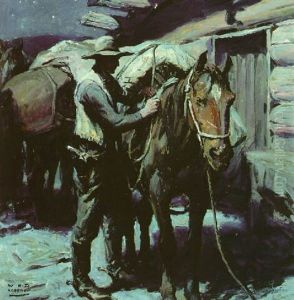William Henry Dethlef Koerner Paintings
William Henry Dethlef Koerner, commonly known as W.H.D. Koerner, was a notable American illustrator and painter, recognized for his contributions to popular magazines and his depictions of the American West. Born on November 28, 1878, in Lunden, Germany, Koerner immigrated to the United States with his family in 1880, settling in Clinton, Iowa.
Koerner's interest in art began at a young age, and he pursued his passion by studying at the Art Institute of Chicago. He continued his education at the Kunstakademie in Düsseldorf, Germany, where he was influenced by the academic realism prevalent at the time. After returning to the United States, Koerner worked as an illustrator in New York City, producing work for various publications, including 'The Saturday Evening Post' and 'Scribner's Magazine'.
His illustrations often featured themes of the American frontier, including cowboys, Native Americans, and settlers, which became his signature subject matter. Koerner's ability to capture the spirit of the West with authenticity and drama made him a sought-after artist in the early 20th century. His paintings were characterized by a dynamic use of color and a keen attention to detail, which brought his scenes of Western life to vivid life.
In addition to magazine illustrations, Koerner also created artwork for advertising and book projects, including illustrations for stories by the famous Western author Zane Grey. His illustrations for Grey's novels helped to visualize the American West for readers across the country and contributed to the romanticized image of the frontier.
Koerner moved to the West himself in the 1920s, settling in Montana. There, he continued to paint and draw, inspired by the landscape and people around him. Throughout his career, Koerner was recognized for his artistic skill and contribution to American art. His work is now part of several museum collections and is considered an important part of the visual history of the American West.
William H.D. Koerner passed away on July 11, 1938, leaving behind a legacy as one of the foremost illustrators of Western themes. His work continues to be celebrated for its contribution to American culture and its portrayal of a pivotal era in the nation's history.
